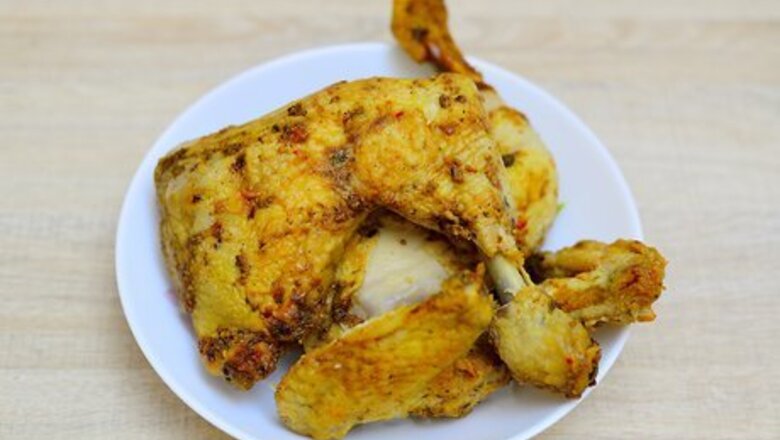
views
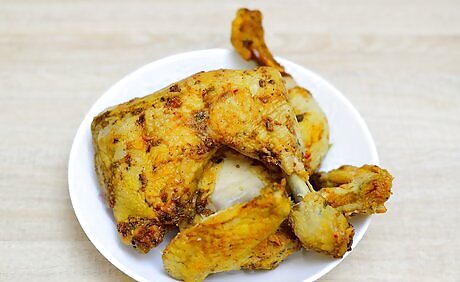
Plan ahead. If you have purchased more than you would serve in one sitting (such as a large chicken), plan the next meal to use up the surplus chicken. This is the principle behind réchauffé food. It is not taking scraps off the plate.
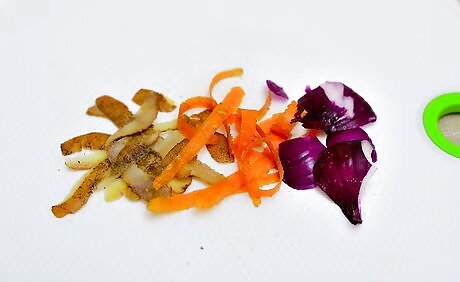
Start with the basics. With washed vegetable scraps that are free of any dirt or mold such as peelings and ends can be used if they are not or poor condition. Here is a range of uses: Brown or red onion skins, as well as beetroot peelings can be used as a natural dye in soups or stocks. Potato peelings can be seasoned with spices and baked until crisp for a low fat snack. Carrot, onion & celery trimmings can be used in stocks. Egg shells (free of any raw egg yolk) are an old fashioned way of clarifying stocks. Simply add them and simmer gently for a few minutes or until clear, skim any egg white that rises to the surface as egg white also helps to trap particles for removal. Most other peelings are really only useful for the compost or the bin.
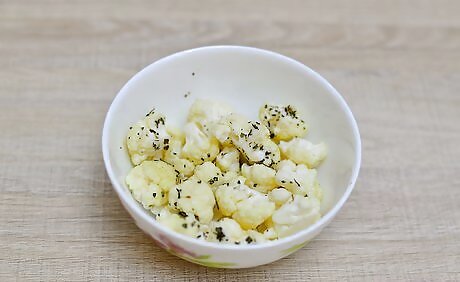
To réchauffé Vegetables - Should you have a range of fresh vegetables for steaming, sometimes it better to steam the whole vegetable (like cauliflower & pumpkin) rather than have raw leftovers that may rot or go stale. You can use the surplus the next day in different ways. For cauliflower, the surplus can be chilled and reused in dishes such as cauliflower cheese, or marinaded in vinegar and spices and used as an antipasto, served in a salad, used in soups or pureed and reheated. Potatoes can be fried, roasted, used in salads, soups or mashed for mash, gnocchi, breads or hash browns & bubble & squeaks. Cabbage can be reused in bubble & squeak, salads, marinaded in juniper berries, salt & vinegar as a sauerkraut antipasto. Pumpkin can be used in scones, breads, soups etc. Carrots can be reheated and served with honey and a little butter. Blanched Green beans can be sauteed quickly in a pan with a little hot butter, chilli or soy sauce, or some fresh chopped herbs. Or served cold in salads.
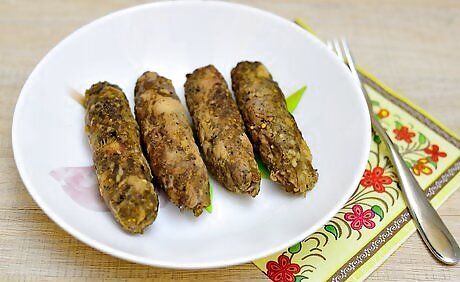
Cooking like this means that you don't have surplus raw ingredients and you can reheat or serve a different way to save time.
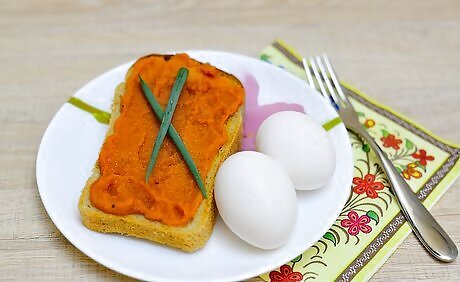
With surplus boiled eggs, use them in sandwiches, curried eggs, scotch eggs or in salads.
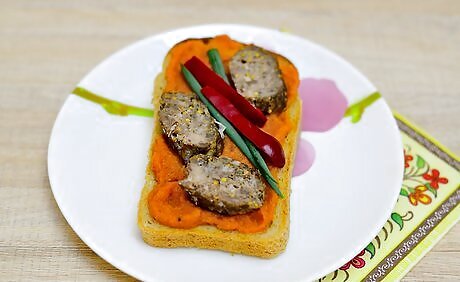
With surplus roast, grilled, poached or steamed meat, it can be used in sandwiches, salads, curries, braises, Bolognese sauces, casseroles, soups etc., minced for rissoles, or sliced thinly, marinaded and used as another antipasto snack.
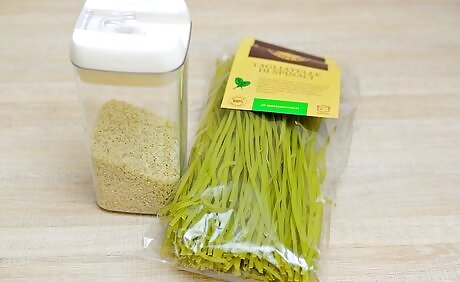
Rice can be easily reheated or used in fried rice, pasta can be used hot or cold in salads.
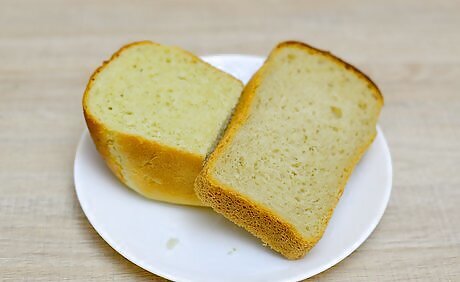
Surplus breads can be used for breadcrumbs in a food processor, bread and butter puddings, panades, sliced and baked or fried as croutons or garlic bread.
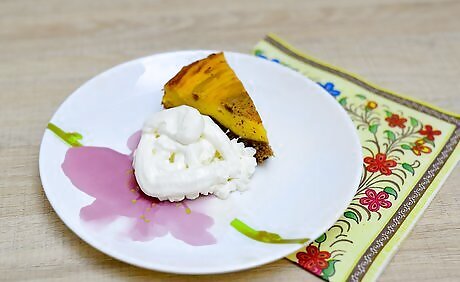
Cakes can be used in trifles, crumbled & mixed into ice-cream (similar to cookie ice-cream), covered with hot stewed fruits or heated with custard etc.
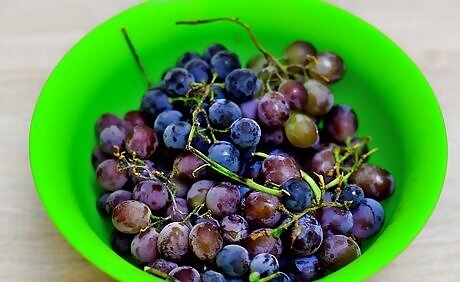
Fruits can be cut raw for fruit salads or stewed. Surplus stewed fruits can be served in pies, puddings, with oatmeal and porridge or with ice-cream and custards.
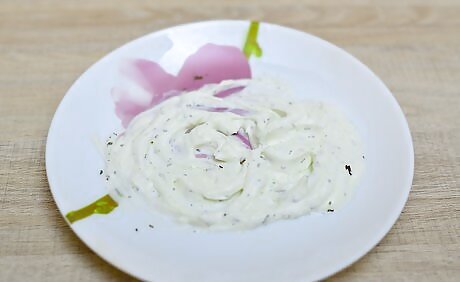
Stocks and sauces can be used as a foundation of other sauces, soups or stews. If you have a lot of milk, make a larger batch of béchamel to reuse fresh in a lasagne, some soufflé recipes or cauliflower cheese, tuna mornay etc.
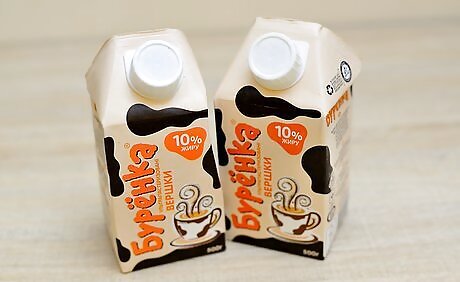
Surplus raw cream may be used into butter, sauces, custards, ice-cream, baked desserts such as crème brûlée or whipped and used in trifles.
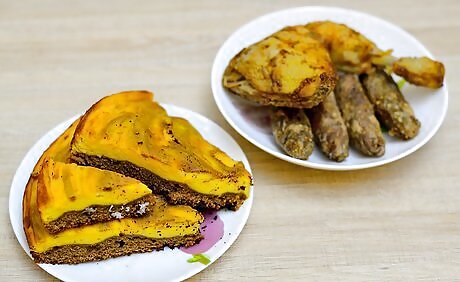
Planning in advance on ways to use surplus food and reduce waste is the whole goal.










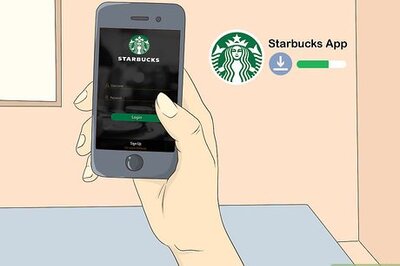
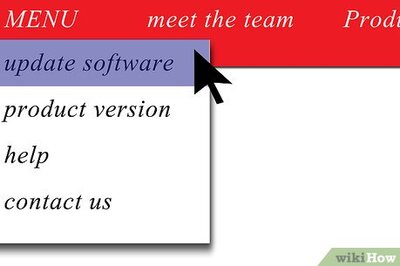






Comments
0 comment